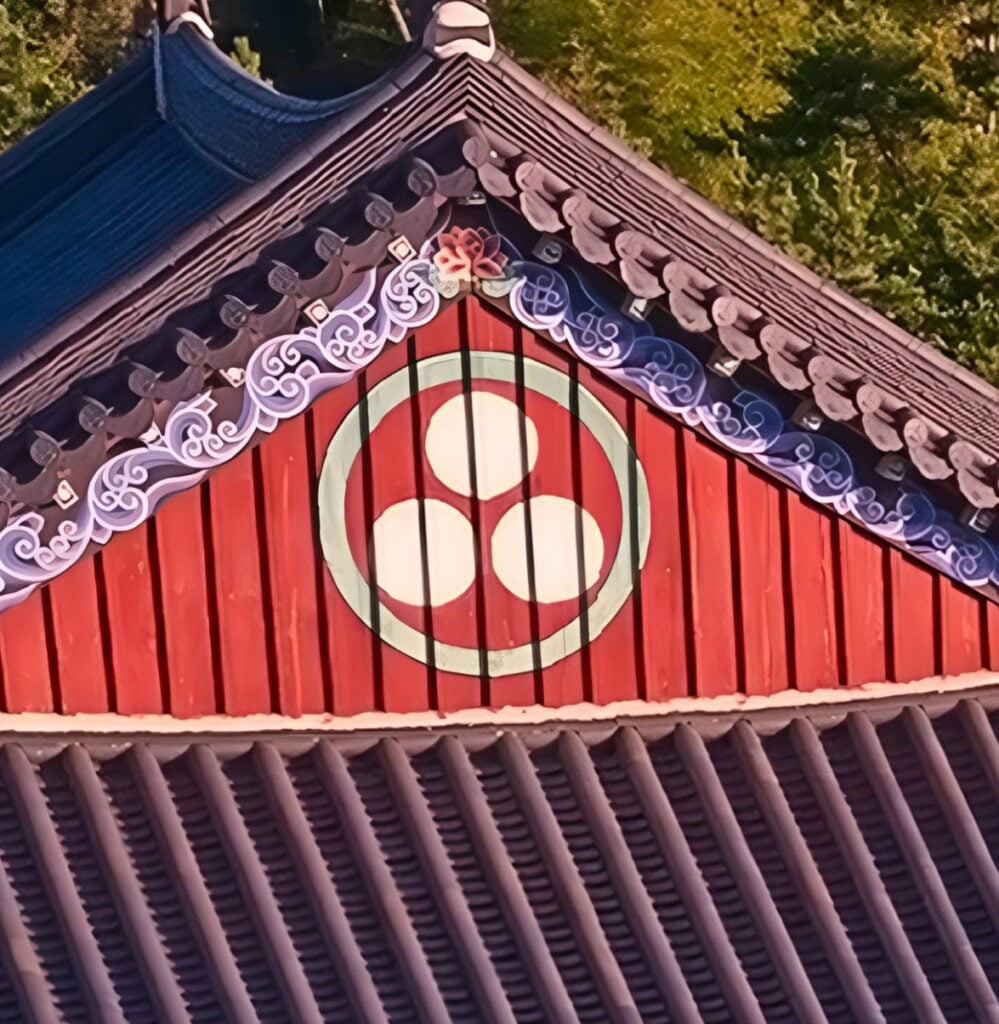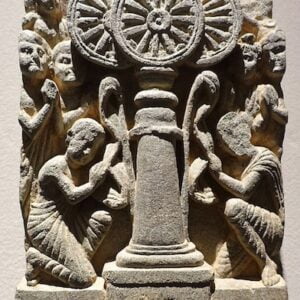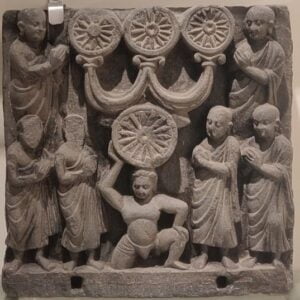The Three Jewels are venerated as the supreme objects of refuge, or protection, from the sufferings of cyclic existence. These three jewels are the Buddha, the Dharma (of teaching and realization), and the Sangha (the community of followers). The Tibetan term Könchok is not a literal translation of the Sanskrit word ratna meaning “jewel”. Instead, it means “rare excellence” or “rare and supreme”.
In the Agraprajñaptisūtra, The Sutra Declaring What is Supreme, the Buddha explains that three things can be said to be supreme. The Buddha teaches his audience of śrāvakas,
Monks, there are three declarations of what is supreme. What are the three? They are the declaration of the Buddha as supreme, the declaration of the Dharma as supreme, and the declaration of the Saṅgha as supreme.
The Jewel of the Buddha
The Buddha continues to explain,
It is taught that among all beings—those without legs, with two legs, with four legs, or with many legs; those with form or without form; those with perception, without perception, or neither with perception nor without perception—the tathāgata, the arhat, the completely perfect Buddha is supreme.
The Jewel of the Dharma
Similarly, in regard to the teachings, the Buddha declares,
It is taught that among all dharmas, conditioned or unconditioned, the Dharma of being free from attachment is supreme.
The Jewel of the Sangha
And in terms of community, the Buddha teaches,
It is taught that among all assemblies, gatherings, crowds, and retinues, the Saṅgha of śrāvakas of the tathāgata, the arhat, the completely perfect Buddha is supreme.
The Merit Resulting from Taking Refuge in the Three Jewels
In the Āryatriśaraṇagamananāmamahāyānasūtram, the Sūtra on “Taking Refuge in the Three Jewels” the Buddha responds to a question from his disciple Śāriputra regarding the merit of taking refuge. The Buddha gives an example of someone who builds a vast stupa and then worships it with extravagant offerings including an oil lamp that burns for three incalculable eons. Compared to that vast amount of merit accrued, the Buddha explains, the merit of one who goes for refuge in the three jewels is impossible to calculate.1Āryatriśaraṇagamananāmamahāyānasūtra
The Tibetan Tradition’s Explanation of the Three Jewels
In the Tibetan tradition, the most common explanation is found in the treatise attributed to Maitreya, the Ratnagotravibhāga Mahāyānottaratantraśāstra. In the first chapter of that text, the three jewels are said to be supreme due to six reasons:
- Rare or Difficult to encounter
- Free of defilement or stains
- Possess power
- Ornaments of the world or attractive
- Supreme
- Unchanging
They are jewels because their appearance is difficult to encounter,
Ratnagotravibhāga Mahāyānottaratantraśāstra
Because they are stainless, because they possess power,
Because they are the ornaments of the world,
Because they are supreme, and because they are changeless.
Three Jewels in Buddhist Art
Over the centuries, Buddhist artists have depicted the veneration of the three jewels in different styles. The feature image on this page is from the Sanchi Stupa in India. Artists in Gandhara often portrayed figures performing prostration and offering before three dharma wheels, or three lotus flowers representing the three jewels. The motif was also used on ancient coins in various Buddhist kingdoms as well as in painting and architecture.





